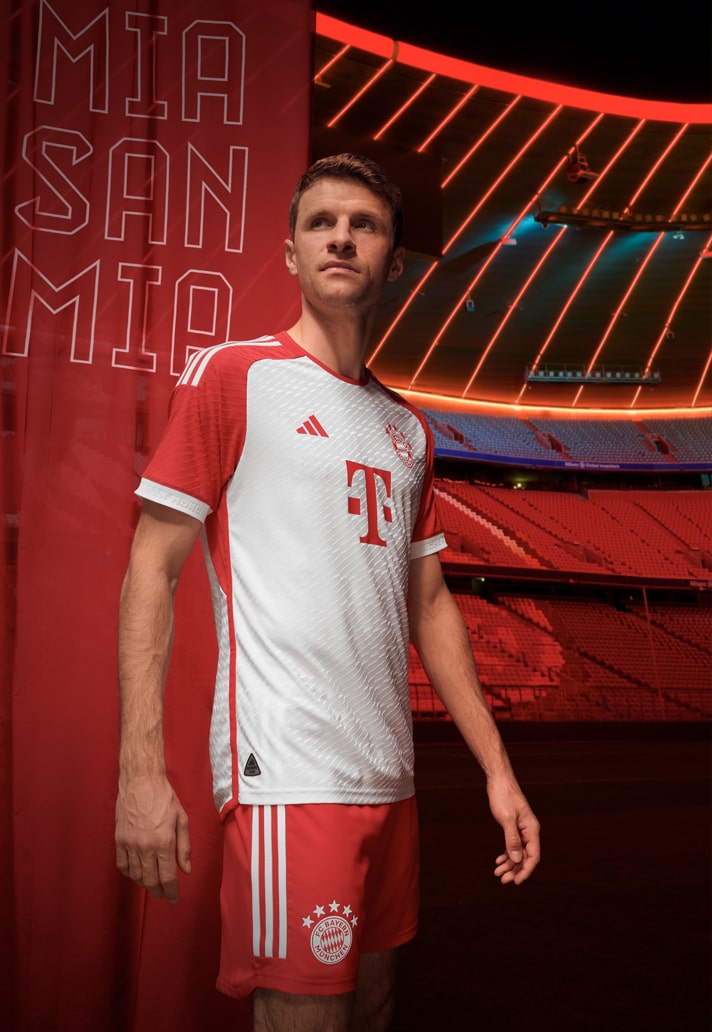The first soccer balls were usually made of a pig’s bladder surrounded by leather or hide and inflated to create an irregularly shaped ball that ranged from a sphere to an oval shape. Unlike modern Nike soccer balls or Adidas footballs, there was no uniformity of shape or size. Instead, these early balls were made of readily available materials to meet the needs of local players and the customs of their regional soccer-like precursor games.
While production standards may not have been uniform, games similar to soccer involving teams of players primarily using their feet to move an inflated ball toward a goal to score points have been found in records across cultural boundaries and around the world.
The Many Cultural Variations of Football
The oldest known football was found behind the paneling of Mary Queen of Scots’ Chamber at Stirling Castle, and Mary herself had written in her diaries about the game, which was at the time played by young and old, male and female, and nobles as well as commoners.
Historical records of similar games stretch back even further, however, to cuju in China during the Han dynasty, episkyros in ancient Greece, and the Aztec amalgamation of several modern games, Tlachtli. This near-universal appeal comes from the small amount of equipment required, the low industrialization level required to produce a game ball, and the ability to create locally agreed-upon rules based around moving a ball with your feet.
The First “Modern” Soccer Ball
Charles Goodyear, who only a few decades before patented vulcanized rubber, produced a football made of rubber panels in 1855. When combined with the advent of the rubberized inflatable bladder by H.J. Lindon in 1862, this created a symmetrical sphere that offered a more predictable bounce and flight trajectory than previous bladder-based versions.
When combined with the standardization of soccer balls as laid out in the 1872 revision of the English Football Association rules, a recognizable modern football in the shape of a sphere measuring 27-28” in circumference emerges. After an increase in the standardized weight to 14-16 ounces in 1937, the stage was set for the future of the sport.
League-Quality Footballs
Today, football standards are adopted by individual leagues, many of which have an agreement with specific manufacturers to supply official game balls. Whether your league uses Adidas, Nike, or Puma soccer balls, however, your size 5 soccer ball will still comply with these traditional dimensional standards, but with more modern materials that support increased longevity, predictability, and playability in a wide range of field conditions.
Make sure you have the same ball the pros use. Order your soccer equipment and accessories from SoccerPro today.




No Comments